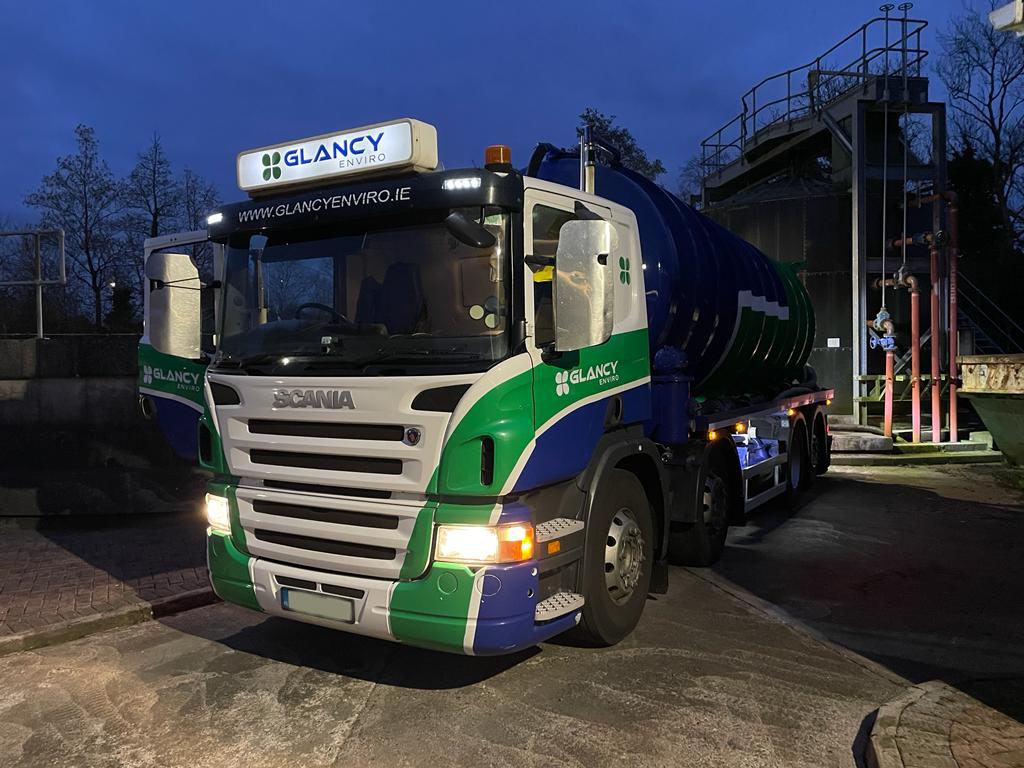The 6-Minute Rule for Reclaim Waste
The smart Trick of Reclaim Waste That Nobody is Talking About
Table of ContentsAll about Reclaim WasteThe Ultimate Guide To Reclaim WasteAn Unbiased View of Reclaim WasteFascination About Reclaim WasteNot known Facts About Reclaim Waste
Check out the types, events, and types of fluid waste. Domestic sewage waste describes the waste and items from a domestic septic system. This kind of waste is created by human beings in residences, schools, and various other structures. This only includes septic containers that have a drainpipe field. The proper monitoring and disposal of domestic sewage waste require fluid waste to be transferred to a sewage treatment plant where the appropriate approaches and tools are related to detoxify and deal with waste.
Commercial waste often includes potential hazards, such as combustible materials or a mixture of fluid and strong waste products, and calls for an advanced and detailed disposal process. The disposal of business waste commonly entails the filtration of waste before transport to ensure secure and appropriate disposal. Hazardous waste is produced from results and runoff of industrial processes and production.
This kind of waste can not use the same sewer administration transport or processes as septic or industrial liquids. The hazardous waste administration procedure requires the assessment and testing of fluid waste before it undertakes the disposal procedure (liquid waste removal). Runoff waste is the fluid waste that comes from runoff and excess stormwater in extremely inhabited areas or cities
Drainage waste can trigger contamination and flooding otherwise managed correctly. Discover more concerning sewer cleansing and waste administration. Ensuring appropriate waste management can avoid catastrophes and lower environmental damage. Both individuals in property settings and professionals in commercial or manufacturing markets can take advantage of understanding the processes and policies of liquid waste administration.
7 Easy Facts About Reclaim Waste Explained
Get in touch with PROS Services today to learn about our waste management and disposal solutions and the appropriate ways to care for the fluid waste you generate.
(http://www.askmap.net/location/7161699/australia/reclaim-waste)This so-called 'wastewater' is not only an essential source however, after therapy, will certainly be released to our land, waterways or the ocean. Made use of water from toilets, showers, bathrooms, cooking area sinks, laundries and industrial procedures is understood as wastewater.

water made use of to cool equipment or tidy plant and equipment). Stormwater, a kind of wastewater, is drainage that streams from farming and city areas such as roofing systems, parks, yards, roads, courses and gutters right into stormwater drains, after rain. Stormwater streams neglected directly to regional creeks or rivers, eventually getting to the ocean.
Our Reclaim Waste PDFs
In Queensland, the majority of wastewater is dealt with at sewage therapy plants. Wastewater is transported from residential or industrial sites through a system of sewage systems and pump terminals, known as sewerage reticulation, to a sewer treatment plant.
The Department of Natural Resources encourages city governments concerning handling, operating and maintaining sewerage systems and therapy plants. In unsewered locations, city governments may call for householders to mount private or household sewage treatment systems to deal with domestic wastewater from commodes, kitchens, washrooms and laundries. The Division of Natural Resources authorises using household systems when they are verified to be efficient.
In some brand-new communities, treatment of some stormwater to remove trash, sand and gravel has actually started utilizing gross toxin traps. Wastewater therapy happens in four phases: Gets rid of strong matter.
Uses little living microorganisms knows as micro-organisms to damage down and remove remaining liquified wastes and fine particles. Micro-organisms and wastes are incorporated in the sludge.
Indicators on Reclaim Waste You Should Know
Nutrient removal is not readily available at all sewage treatment plants since it calls for expensive specialised devices. Clear fluid effluent generated after therapy may still consist of disease-causing micro-organisms - industrial wastewater treatment.

This usually means wastewater has actually to be treated or impurities gotten rid of prior to it can be released to rivers. The majority of wastewater flows into the sewerage system. Under the Act, neighborhood federal governments carry out authorizations and permits for ecologically pertinent tasks (ERAs) involving wastewater launches that may have a neighborhood effect. The department provides authorizations and permits to ERAs entailing wastewater launches that may have a local or statewide effect.
Reclaim Waste for Dummies
Otherwise, samples are considered laboratory evaluation. Often several tests are required to establish the levels of each of the various toxins such as oils, hefty steels and pesticides in water. Surveillance offers accurate information about water high quality and can verify that permit problems are being met. The information gotten with surveillance supplies the basis for making water top quality choices.